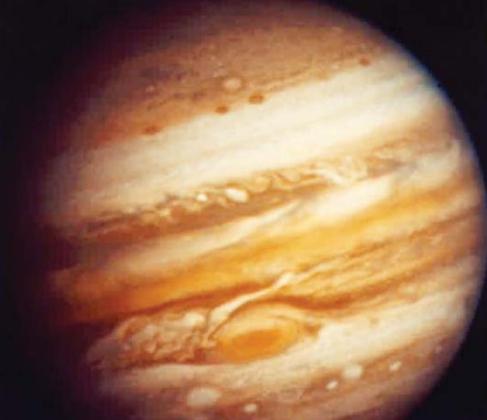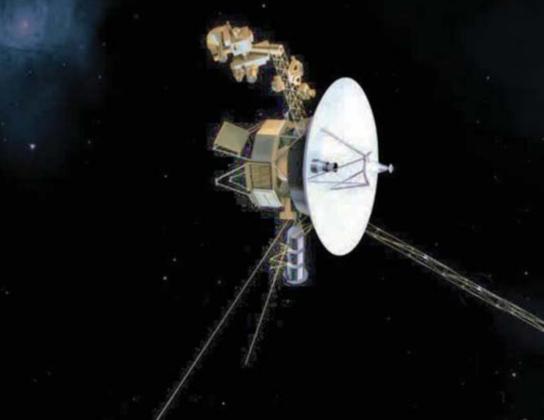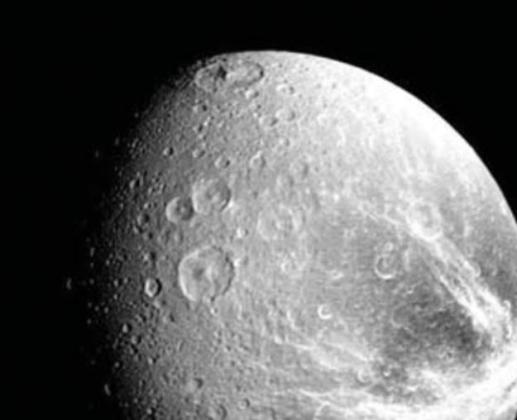Our understanding of the solar system has been changed ever since the launch of NASA’s Voyager 1 and 2 spacecraft in 1977. It was one of the most incredible mission plans in the history of space flight. Both missions, launched by the United States and NASA have performed brilliantly in their 45 year long journey. It was in 1964 Gary Flandro of the Jet Propulsion Laboratory, noted that a unique alignment of the planets would start to form in 1977. That alignment would allow a space craft to take a grand tour of the outer planets of the solar system.
As planned, each time the craft would fly by one planet, that planet’s gravity would then swing the craft to the next planet. That process would continue until all four of the large outer planets had been visited. Each planet’s gravity would provide all the necessary energy to propel the vehicles through the process. The Voyager spacecraft didn’t need to expend any appreciable amount of fuel, because it was all planned ahead of time. When scientists realized the opportunity, they had to work quickly to get the project and the spacecraft designed and built.
Clyde King, a 1954 graduate of Dublin High School was one of the scientists that planned and implemented the project. Because of the different pathways the twin spacecraft would take, Voyager 2 was launched first from the Cape Canaveral Space Center in Florida. Clyde King’s family attended the launch to see the craft he had spent so much time working on, launched into space. The Voyager 2 launch was successful and the launch for Voyager 1 wouldn’t take place for several weeks, so King’s family decided to go on vacation for a few days at a National Park. They rented a cabin and had gone on to enjoy the sights. When they arrived back at the cabin, there was a note on the door saying that Clyde should contact the park ranger immediately. The park ranger informed him that an engineer from the Jet Propulsion Laboratory urgently needed him and would pick him up.
When the engineer arrived and told Clyde what the problem was, he was just livid. King had told the engineers when the space craft was in the planning stage, not to build the twin arms that held the power generator and camera the way they planned, because it wouldn’t work. Though he had told them that over a year and a half before, engineers never made the changes and built the craft as originally planned.
Now they were asking Clyde to change the computer programming so that hopefully, the arms would be forced to extend and lock in place. He didn’t have time to pack clothes and was flown on a helicopter with just the shirt on his back to the Cape Canaveral Space Center. The arms on the Voyager 2 space craft currently in space and speeding toward Jupiter, hadn’t locked in place properly. The project was in jeopardy. The Voyager 1 craft currently waiting to be launched was probably going to have the same problem since they were both built at the same time using the same plans.
Clyde came up with a solution and changed the computer programming on both Spacecraft. The arms extended and locked in place with his new programming. Both missions were saved.
Voyager 1 and Voyager 2 went on to take pictures of the giant planets with detail never seen before. Jupiter was seen close-up showing the giant red spot. Passing by Saturn’s moon Dione, it showed amazing detail including craters that astronomers never knew existed. Also, Saturn had never been seen from an angle showing the shadow of the planet passing across the rings. Rings were discovered around Neptune as well as additional rings around Uranus. It was an amazing collection of data. The spacecraft changed our understanding of the outer planets. The Voyager craft visited and photographed more planets than any other mission. It discovered 22 unknown moons on its journey and returned 50,000 photographic images of Jupiter.
Today, both missions are continuing to send back data even after touring the large outer planets. The spacecraft left the sun’s magnetic field, passed through the heliopause and entered interstellar space in 2012. The farthermost craft, Voyager I is now now over 14.5 billion miles from earth. A return signal takes 20 hours and 33 minutes at the speed of light to make the trip back to earth. Recent articles have been published saying that mission experts are turning off some of the instruments on board to lower the demands on the power generator. They hope that will lengthen the life of the spacecraft to 2025 or 2030.
It was truly an amazing mission designed by some of our best scientists, with help from an American hero and a graduate of Dublin High School, Clyde King.



